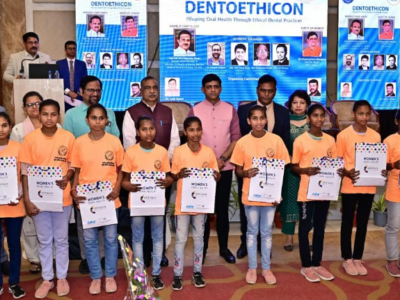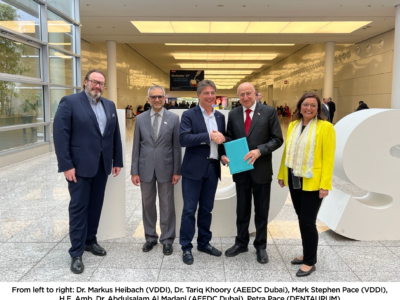Tobacco use is a man-made epidemic that remains one of the most preventable causes of death worldwide. It is estimated that one-third to one-half of all tobacco users die due to its consumption. The primary addictive component in tobacco is nicotine, which has a strong dependency potential.
In India, a recent survey revealed that 83% of tobacco users expressed a desire to quit, but 51% were unsuccessful—largely due to a lack of trained health professionals and support systems.
India, the seventh largest and most populous country, with a population of approximately 1.46 billion, holds the distinction of having the world’s largest youth population—about 356 million individuals aged 10 to 24 years. These youth represent the foundation of our nation’s progress, yet, alarmingly, many are falling into tobacco use at a young age.
According to a 2022 report, 83,400 oral cancer cases in India were directly linked to tobacco consumption. India is now the second largest consumer of tobacco globally, with Karnataka ranking third in tobacco consumption, production, and export within the country. Notably, Belagavi district—known as the “tobacco belt” of Karnataka—hosts major cultivation in regions like Nippani, Raybag, Hukkeri, and Sankeshwar, which together account for nearly 80% of the state’s tobacco production.
The Global Adult Tobacco Survey (GATS) 2016–17 reported that approximately 267 million Indian adults aged 15 and above use tobacco in some form:
-
199 million use smokeless tobacco,
-
100 million use smoking forms, and
-
32 million use both.
In urban Belagavi, the prevalence of tobacco use was found to be 37.97% in men and 12.5% in women, with an overall usage rate of 28.57%. Alarmingly, 77.94% of users consumed smokeless tobacco. In slum areas, 65.2% used smokeless forms, with the breakdown as follows:
-
Pan: 50.9%
-
Plain tobacco: 35.8%
-
Khaini/Jarda: 7.6%
-
Gutka: 5.7%
Most individuals (around 69%) initiated tobacco use between the ages of 21 and 30 years.
Despite various preventive measures by the Government of India, tobacco use remains a widespread social challenge. Stricter enforcement of tobacco control laws and community-level interventions are critical to reducing consumption and preventing new users from initiating the habit.
The Tobacco Cessation Cell at Maratha Mandal’s NG Halgekar Institute of Dental Sciences, located on Bauxite Road, Belagavi, has been providing free behavioral counseling since 2015 for individuals addicted to both smoking and smokeless forms of tobacco. To date, we have:
-
Counseled 5,632 individuals
-
Helped 707 successfully quit the habit completely
We urge all tobacco users—both chewers and smokers—to take advantage of this free service. With timely intervention, support, and guidance, quitting is possible.
Let us work together as a community to eliminate tobacco use and contribute to building a stronger, healthier India.
QUIT TOBACCO. LIVE HEALTHY. BUILD A STRONG NATION.
Dr. Sujata Byahatti, MDS (Oral Medicine and Radiology)
Professor, Department of Oral Medicine and Radiology
In-Charge, Tobacco Cessation Cell
Maratha Mandal’s Nathajirao G. Halgekar Institute of Dental Sciences & Research Centre, Belagavi – 590019





















Comments